Bird flu, or avian influenza, often flies under our radar because it’s easy to dismiss as a distant problem affecting only birds. However, the reality is quite the contrary. The recent uptick in bird flu cases has sparked concerns among scientists and public health officials. It’s time we recognize the significance of this issue and understand why we should all be worried about bird flu. Here are 13 reasons why we should start paying closer attention to this viral threat.
1. Birds Aren’t the Only Ones at Risk
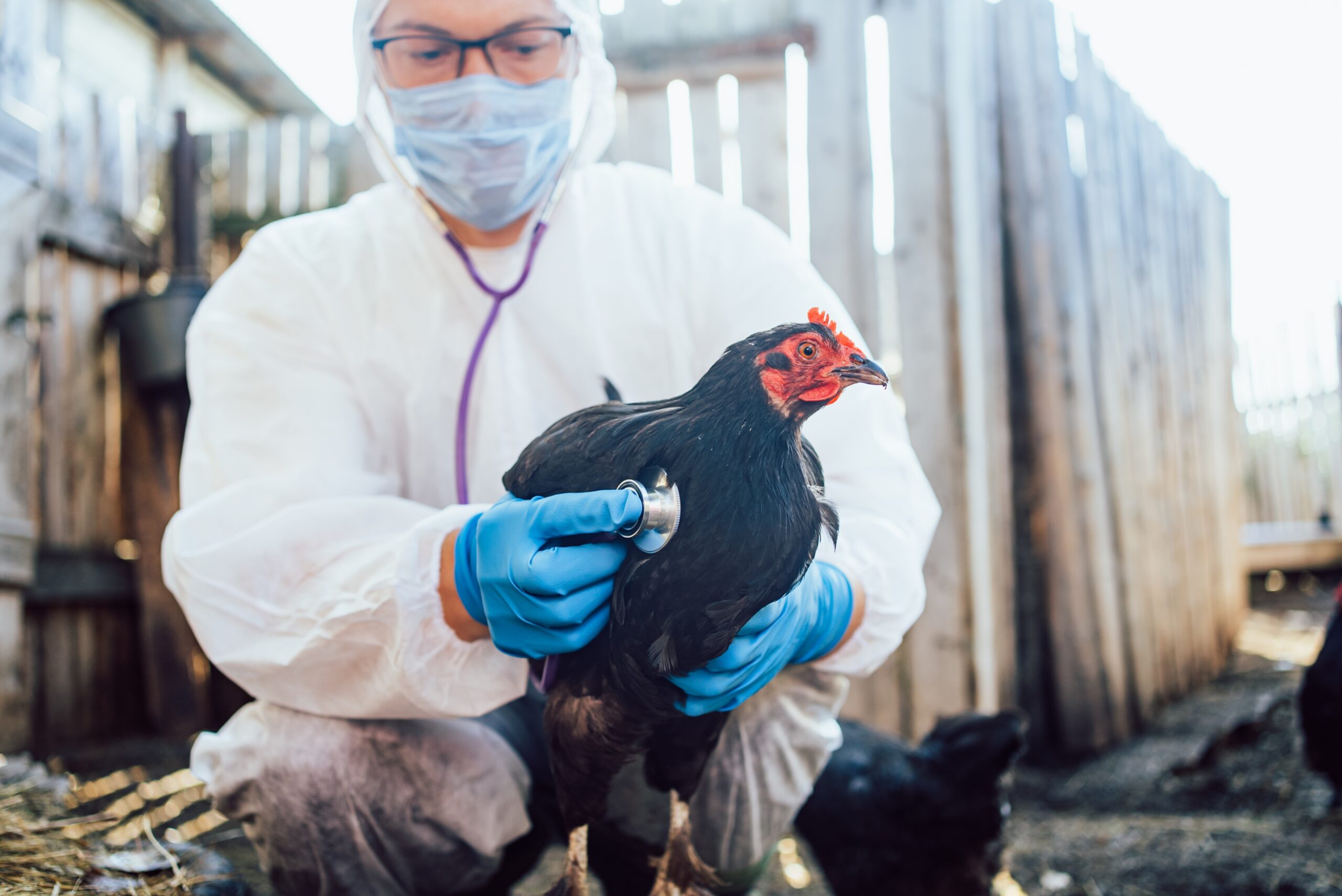
While bird flu primarily affects avian species, the virus has potential pathways to jump to humans and other animals. According to the World Health Organization, certain strains of the virus have already led to human cases, some even resulting in fatalities. This interspecies transmission is not just a theoretical concern; past outbreaks have shown that the virus can mutate, allowing it to infect humans more efficiently. This makes bird flu not just an avian problem but a major public health concern.
Moreover, the closer humans interact with infected birds or their environments, the higher the risk of transmission becomes. Poultry farmers, veterinarians, and workers involved in bird culling operations are particularly vulnerable. Thus, bird flu poses occupational hazards and puts economic strains on the industries dependent on poultry and bird-related activities. The impacts can ripple through local and global economies, affecting food supply and trade.
2. The Mutation Factor: A Recipe for Disaster

Bird flu viruses are prone to mutations, which makes them unpredictable and potentially more dangerous. These mutations can alter the virus’s transmissibility and virulence, leading to more severe outbreaks. According to a CDC report, some bird flu viruses have already acquired genes that make them more adaptable to humans. Such changes can potentially turn a manageable situation into a public health crisis, especially if the virus becomes easily transmissible between humans.
In addition to this, the virus’s ability to mutate complicates vaccine development. Scientists need to monitor the virus’s evolution to keep vaccines effective continuously. This requires significant resources and international cooperation, which can be challenging to maintain consistently. A mutated strain resistant to existing treatments could result in a pandemic scenario similar to COVID-19, with global repercussions.
3. Unpredictable Outbreaks Are Hard to Contain

Bird flu outbreaks are notoriously difficult to predict and control, largely due to their sudden onset and rapid spread among bird populations. The virus can spread through wild bird migrations, contaminated water, and even the air in some cases, making containment efforts complex and resource-intensive. As stated by the Food and Agriculture Organization, the constant movement of wild birds means that bird flu can appear in unexpected locations, sometimes with little warning.
The vast geographic spread of these outbreaks requires coordinated international responses, which are not always feasible. Countries with fewer resources may struggle to implement effective control measures, allowing the virus to persist and spread. The containment of bird flu is thus not just a national issue but a global one, demanding collaboration and shared responsibility among nations. Without a unified approach, we risk repeated and more severe outbreaks in the future.
4. Economic Impacts Can Be Devastating
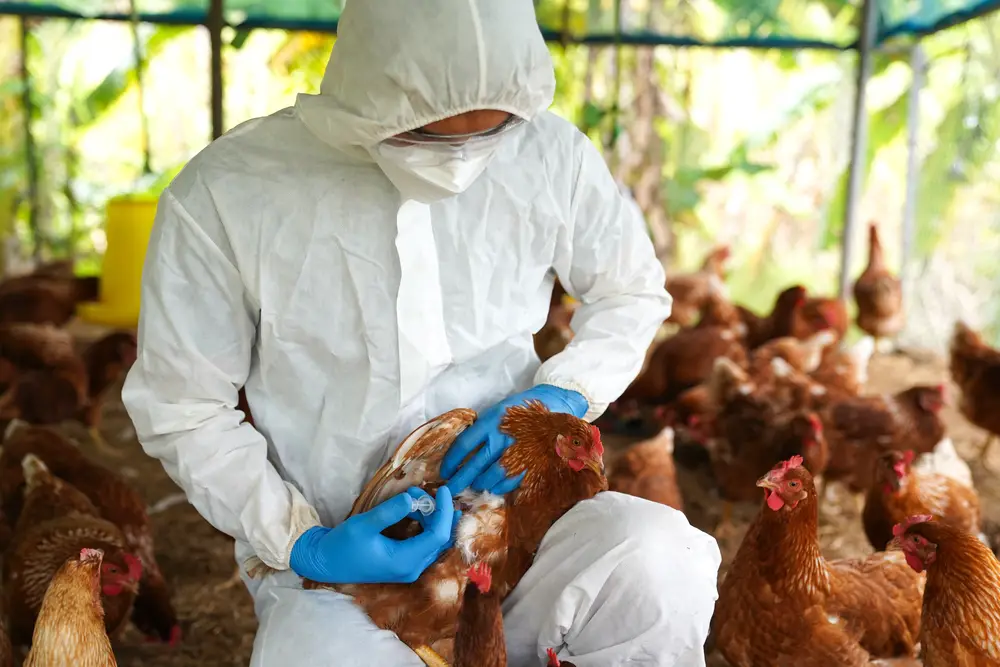
Agricultural industries, especially poultry farming, can suffer greatly from bird flu outbreaks. When bird flu strikes, entire flocks may need to be culled to prevent the virus from spreading, leading to significant financial losses for farmers. This doesn’t just affect local economies; global poultry trade can also be disrupted, leading to price fluctuations and shortages. The costs associated with such outbreaks are not limited to direct losses; governments often need to provide financial assistance to affected industries, adding to the economic burden.
Furthermore, the fear of bird flu can have a ripple effect on consumer behavior. Decreased demand for poultry products due to safety concerns can lead to further economic losses. As consumers turn to alternative protein sources, other industries may struggle to meet the sudden demand shift, causing temporary supply chain disruptions. Thus, the economic impact of bird flu extends beyond the immediate agricultural sector, affecting various facets of the global economy.
5. Human Health Systems Could Be Overwhelmed

If bird flu were to adapt to human-to-human transmission, the pressure on healthcare systems could be immense. Hospitals and clinics may face unprecedented patient loads, similar to the challenges seen during the COVID-19 pandemic. The demand for medical supplies, including antiviral drugs and personal protective equipment, would skyrocket. Healthcare professionals, already stretched thin, would need to deal with the dual burden of treating ordinary illnesses alongside a new viral threat.
Moreover, the potential for a widespread bird flu outbreak raises concerns about workforce availability. Health workers themselves are at risk of infection, which could lead to staff shortages and exacerbate the strain on health services. Communities with limited healthcare infrastructure would be particularly vulnerable, highlighting global health inequities. Preparing for such scenarios is crucial to prevent healthcare systems from becoming overwhelmed, ensuring timely and adequate care for all patients.
6. The Role of Climate Change

Climate change plays a significant role in altering the patterns of bird flu outbreaks. Changes in temperature, precipitation, and seasonal patterns can affect bird migration routes, potentially bringing infected birds into closer contact with poultry farms and human populations. Warmer climates might also affect the survivability and transmissibility of the virus, making it more challenging to predict outbreaks. This unpredictability complicates efforts to implement timely interventions to mitigate the spread of the virus.
Additionally, climate change can exacerbate the conditions that allow bird flu to thrive. For instance, flooding or droughts can force birds to congregate in smaller areas, increasing the chances of disease transmission. As habitats are altered, birds and humans may come into closer contact, raising the potential for cross-species transmission. Addressing bird flu in the context of climate change requires a holistic approach, incorporating environmental management and public health strategies.
7. Wildlife Conservation at Risk
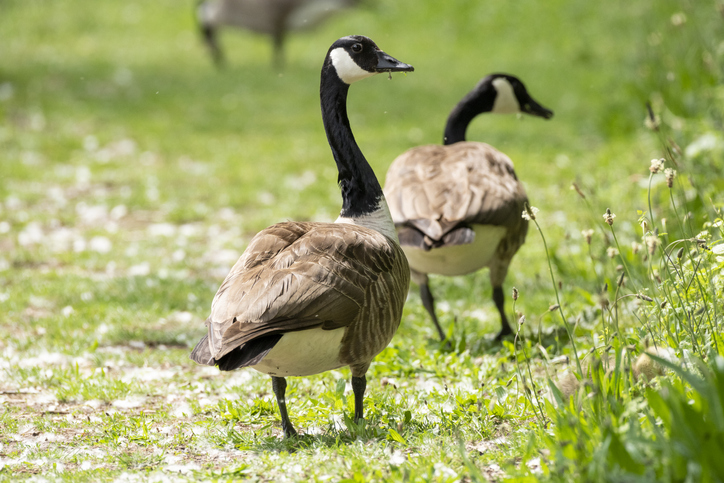
Bird flu poses a significant threat to wildlife, particularly endangered bird species. When outbreaks occur, the virus can decimate populations, pushing some species closer to extinction. Conservation efforts are hampered as resources must be diverted to address the immediate health crisis rather than long-term ecological goals. This not only impacts biodiversity but also affects ecosystems where these birds play crucial roles, such as pollination or pest control.
Moreover, the culling of wild birds, a measure sometimes used to control the spread of the virus, raises ethical and ecological concerns. Such actions can disrupt local ecosystems and biodiversity conservation strategies, leading to unintended consequences. Balancing disease control with wildlife conservation requires careful planning and international cooperation. Protecting biodiversity is essential not only for ecological health but also for maintaining the natural balance on which human societies rely.
8. Antiviral Resistance: A Looming Threat
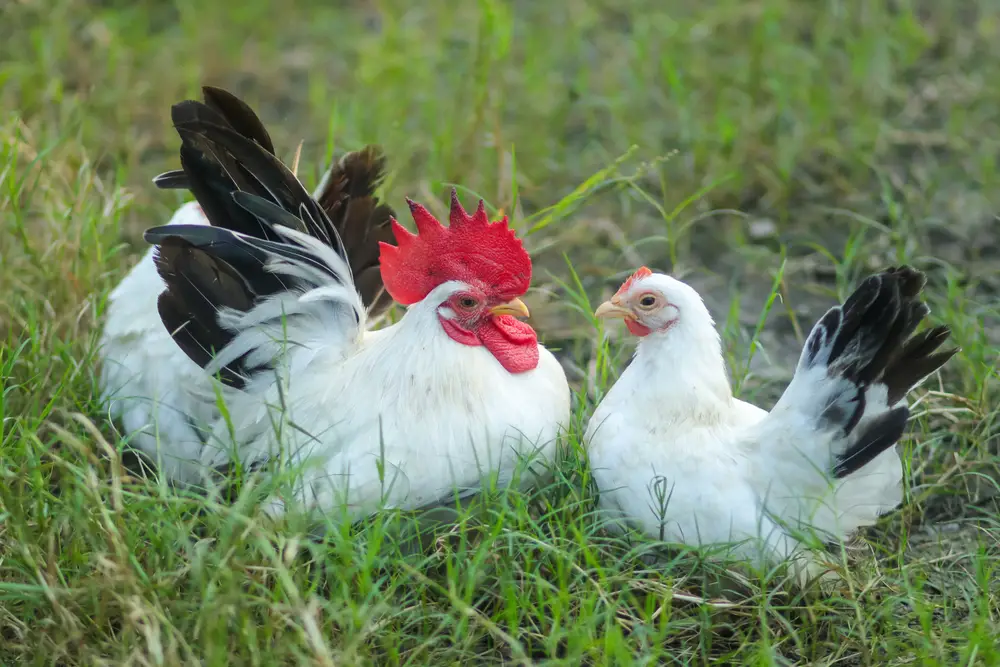
The overuse and misuse of antiviral medications in treating bird flu can lead to resistance, similar to the issues faced with antibiotics. As the virus evolves, it may develop resistance to existing treatments, rendering them ineffective. This could result in more severe outbreaks with limited options for medical intervention. Resistance would also complicate efforts to develop new antiviral drugs, requiring more time and resources to address emerging strains.
Furthermore, antiviral resistance poses a broader public health challenge. It highlights the need for responsible use of medications and the development of alternative treatment strategies. Investing in research to understand the mechanisms of resistance and to develop new antiviral agents is crucial. By doing so, we can better prepare for future outbreaks and ensure that effective treatments remain available.
9. Global Travel and Connectivity: A Double-Edged Sword

The interconnectedness of our modern world means that bird flu can spread rapidly across borders. Air travel and international trade facilitate the movement of people, goods, and, unfortunately, viruses. An outbreak in one region can quickly become a global concern, as was witnessed with the spread of COVID-19. This poses challenges for monitoring and controlling the spread of bird flu, requiring coordinated efforts across nations to implement travel guidelines and health checks.
However, global connectivity also provides opportunities for collaboration and information sharing. Countries can work together to develop and disseminate effective containment strategies, share research findings, and provide mutual aid. This highlights the importance of international partnerships in managing bird flu and other emerging infectious diseases. While connectivity poses risks, it also offers pathways for global cooperation and collective resilience against pandemics.
10. Potential for Co-Infection with Other Viruses
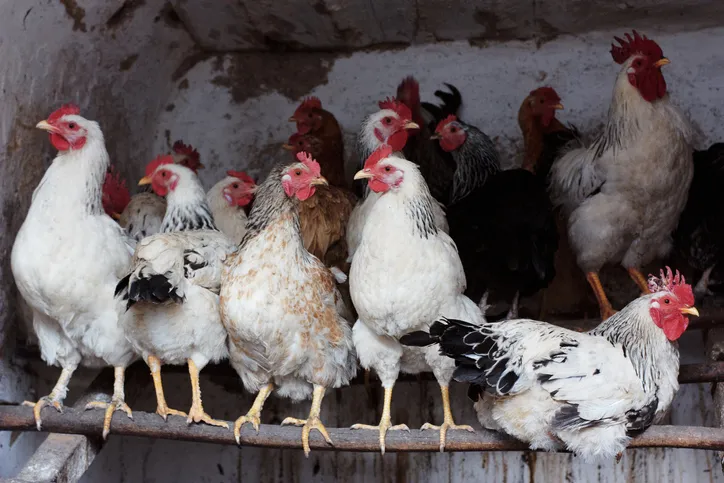
Bird flu doesn’t act alone; it has the potential to co-infect humans and animals alongside other viruses, complicating diagnosis and treatment. Co-infection can lead to more severe symptoms and increase the likelihood of complications, posing a greater challenge for healthcare providers. It can also complicate epidemiological tracking and data collection, making it harder to understand the virus’s spread and impact. This can delay the implementation of effective public health measures, allowing the virus to gain a foothold.
Additionally, co-infection raises the possibility of viral recombination, where genetic material is exchanged between different viruses. This could lead to the emergence of new viral strains with unpredictable characteristics, further complicating outbreak management. Monitoring and understanding co-infections are crucial for anticipating potential changes in the virus’s behavior and developing comprehensive response strategies. By doing so, we can better protect public health and prevent widespread disease transmission.
11. Impact on Global Food Security

Bird flu outbreaks can significantly impact global food security by disrupting poultry production and supply chains. Poultry is a vital source of protein for many populations, and disruptions can lead to shortages and increased prices. This particularly affects low-income communities, where access to alternative protein sources is limited. The resulting food insecurity can have long-term effects on health and nutrition, exacerbating existing inequalities.
Moreover, trade restrictions imposed during outbreaks can further strain international food systems. Countries may resort to protectionist measures to safeguard their own supplies, affecting global trade dynamics. This highlights the need for resilient food systems that can adapt to and recover from disruptions. Ensuring food security in the face of bird flu requires coordinated efforts to manage outbreaks and maintain stable supply chains.
12. The Psychological Impact of Pandemics

The fear and uncertainty associated with bird flu outbreaks can have significant psychological effects on individuals and communities. Past pandemics have shown that anxiety, stress, and misinformation can spread as quickly as the virus itself. The psychological toll of living with the threat of bird flu can affect mental health, leading to increased occurrences of anxiety disorders, depression, and other stress-related conditions. This underscores the importance of providing accurate information and mental health support during outbreaks.
Moreover, the social and economic disruptions caused by bird flu can exacerbate existing stressors. Job losses, social isolation, and changes in daily routines can contribute to a sense of instability and insecurity. Addressing the psychological impact of bird flu requires comprehensive public health strategies that consider mental well-being alongside physical health. By supporting mental health, we can build resilience and help communities recover more effectively.
13. Preparedness is Key: Learning from Past Mistakes
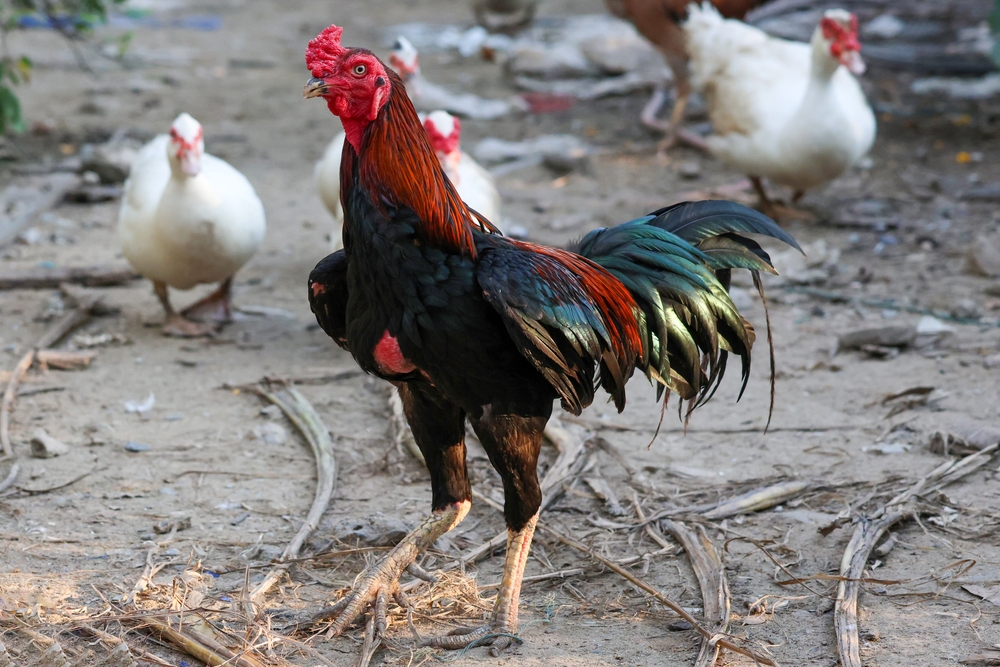
Lastly, the ongoing bird flu situation reminds us of the importance of preparedness in managing infectious diseases. Learning from past pandemics, such as COVID-19, can inform our strategies and improve our readiness for future outbreaks. Developing robust surveillance systems, investing in research, and strengthening healthcare infrastructure are essential steps toward preparedness. By doing so, we can identify potential threats early and implement effective containment measures.
Preparedness also involves public education and engagement, ensuring that communities understand the risks and know how to protect themselves. Collaborating with international partners and sharing knowledge can enhance global preparedness efforts. By prioritizing preparedness, we can mitigate the impact of bird flu and other emerging infectious diseases, safeguarding public health and well-being for the future.
